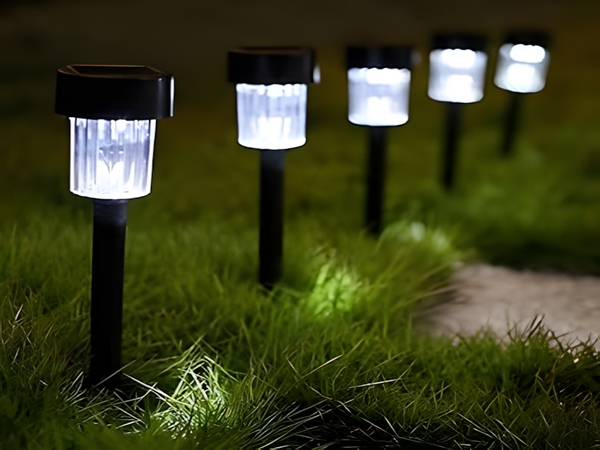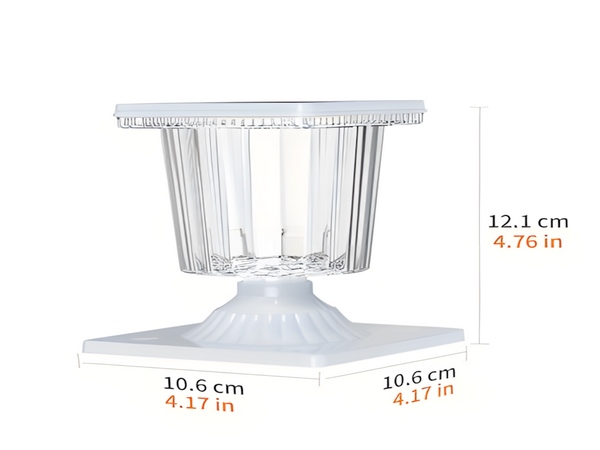

When installing solar street lights, it is essential to measure the building’s floor plan to determine the installation method and location. On-site measurements of the installation area must be conducted to ascertain the battery’s azimuth and tilt angle. If there are unavoidable structures, it is crucial to ensure that the solar panels receive sunlight between 9:00 and 16:00, or it may be necessary to increase the power of the solar panels to compensate for insufficient sunlight.
The spacing of solar panels should be strictly determined according to design specifications. When mounted on a pole, the direction should be determined in front of the pole. The solar panels should be oriented toward the equator as much as possible.
1. Use insulated multi-stranded copper wires for the positive and negative terminals. Separate the conductors while paying special attention to polarity and maintain appropriate temperature parameters for the wires according to the ambient temperature during installation.
2. Always wipe the surface of the components with a soft cloth. If you need to replace parts (usually not required within 20 years), you must use components of the same model. Do not touch the moving parts of the cables or connectors with your hands. If necessary, use appropriate safety devices.
3. Panel components have a pair of male and female waterproof connectors. When connecting in series, the “+” terminal of the previous component should connect to the “-” terminal of the next component. The output circuit must be properly connected to the equipment.
4. Securely fasten the panel components to the brackets using spring washers and flat washers. The panel components should be grounded appropriately, depending on the site environment and the condition of the assembly bracket structure.

5. Solar panels must not be installed in shaded areas such as under trees and buildings. Do not position them near open flames or flammable materials. Brackets equipped with solar panels should meet environmental requirements, use reliable materials, and undergo necessary anti-corrosion treatments.
6. Ensure that wire connections are secure, and do not introduce additional contact resistance, meeting the requirements for mechanical strength. The joint insulation winding layer should satisfy both insulation strength and weather resistance requirements.
The above are the installation methods for solar street lights shared by the manufacturer. Have we understood it? It is crucial to follow the installation requirements strictly when installing solar street lights; otherwise, it will affect their efficiency.



